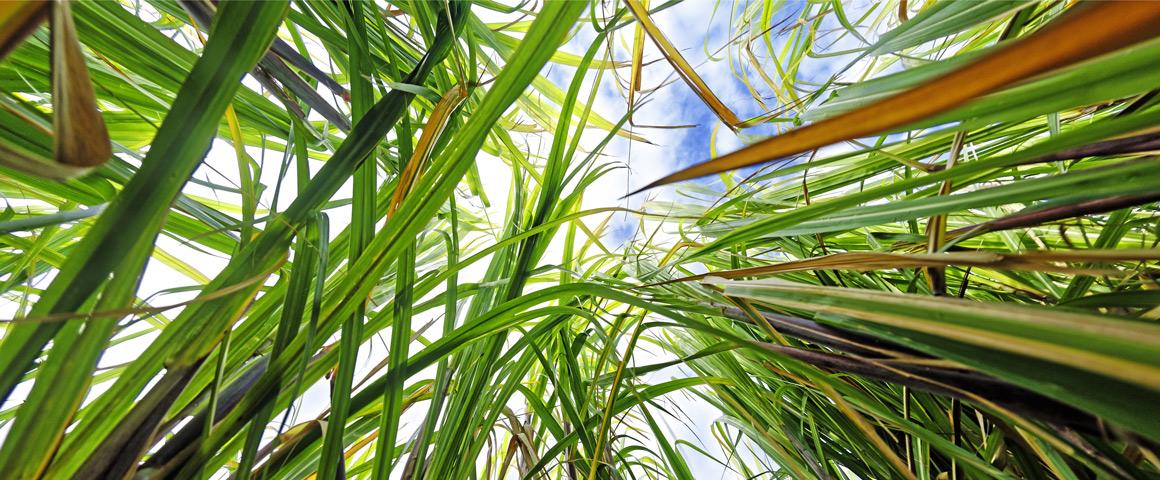Results & impact 10 October 2025
- Home
- Press area
- Press releases
- Sugarcane genome sequence
Success tastes sweet | Sugarcane's complex genetic code has been cracked

© R. Carayol, CIRAD
After rice, sorghum, maize, banana and wheat, sugarcane is the latest crop with a complete genome. Until now, it was the last major crop without one. And not without reason, since its genome is the most complex: there are at least 12 copies of each chromosome, and a total of 114 chromosomes! This colossal work involved one of the world's leading sequencing centres, the Joint Genome Institute (JGI) in the US, and a team of 35 scientists from four countries, including from CIRAD, which was heavily involved in the strategy to decode and analyse the new genome.
The 8.7 billion decoded base pairs make up the full sugarcane genome. That's 20 times more than the rice reference genome and three times more than the human genome.
“This was the most complicated genome sequence we’ve yet completed”, said Jeremy Schmutz, Plant Programme lead at the JGI .
It is cultivar R570, a modern hybrid cultivar between a domesticated species (Saccharum officinarum) and a wild species (Saccharum spontaneum), that was used to obtain the reference sequence. The cultivar, obtained and developed in Réunion in the 1980s by CERF, now called eRcane, is currently grown in Mauritius, various African countries and the French West Indies.
"It was this cultivar that we used for initial sequencing and for which we obtained the first sequence of a full set of chromosomes in 2018, but that was just the first step", Olivier Garsmeur, the publication's second author, explains.
"That reference sequence wrapped up more than 15 years of work at CIRAD to identify a sugarcane rust resistance gene. That gene gives many sugarcane cultivars worldwide long-term resistance to the disease", Angélique D’Hont stresses.
Despite the efficacy of traditional sugarcane breeding methods for creating cultivars adapted to new environments and pathogens, the improvement in sugar yields has now peaked, which is frustrating for breeders.
That reference sequence and the light it sheds on the architecture of the sugarcane genome will make it much easier to identify genes of agronomic interest and thus help speed up operations to breed varieties better suited to future environmental conditions.
The genome is freely available on the Sugarcane hub:
https://sugarcane-genome.cirad.fr/
Reference
Healey, A.L., Garsmeur, O., Lovell, J.T. et al. The complex polyploid genome architecture of sugarcane. Nature (2024). https://doi.org/10.1038/s41586-024-07231-4
Sugarcane originated in Papua New Guinea. It is a grass belonging to the botanical genus Saccharum, which includes three sugar-bearing species – S. officinarum, known as "noble cane", S. sinense and S. barberi – and three that do not contain sugar – S. robustum, S. spontaneum and S. edule. From 1980 onwards, agronomists began crossing noble cane with other species, and every modern variety descends from those hybrids.
Sugarcane is the most harvested crop worldwide in terms of tonnage, and still accounts for 80% of global sugar production. Of all the plants in the world, it is the one that produces the most biomass!



























